AtaGenix Laboratories
AtaGenix Laboratories
Release time: 2025-07-24 View volume: 583
In the routine work of recombinant protein expression and purification, "tagging" has become a standard practice. The goal is straightforward: to enable protein expression, detection, and purification. The choice of tag is critical to successful recombinant protein expression. A poor choice can reduce expression levels or purification efficiency or even cause abnormal protein structure and loss of function. Therefore, tag selection is far from a "one-size-fits-all" decision. This article systematically summarizes the lessons learned and practical combinations from various expression systems, aiming to provide a reference for your experimental design.
His Tag (Polyhistidine Tag)
The His tag is one of the most commonly used affinity purification tags, typically consisting of six consecutive histidine residues. With a small molecular weight (~0.8 kDa), it has minimal impact on the structure and function of the target protein. Its main advantage lies in efficient purification using Ni²⁺ or Co²⁺ affinity chromatography columns, offering simple operation and low cost.
However, non-specific binding can occur during His tag purification, requiring optimized elution conditions to control purity. Additionally, the detection sensitivity of His tags is relatively low, so for techniques like Western Blot, combining it with other tags may be necessary.
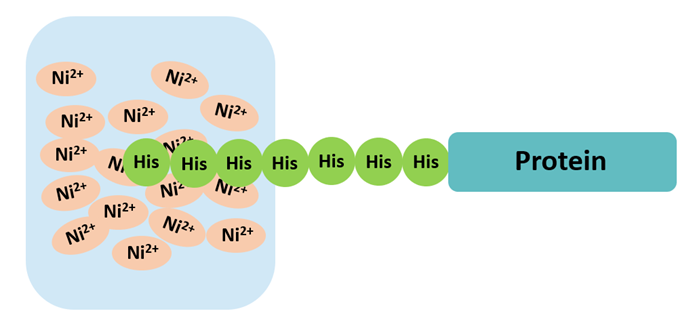
Fig 1. His-tag Purification Principle
GST Tag (Glutathione S-transferase Tag)
The Glutathione S-transferase (GST) tag is a 26 kDa sequence composed of 211 amino acids, often used to enhance the solubility of recombinant proteins. GST has a high affinity for glutathione (GSH), making it suitable for affinity chromatography purification and commonly used in pull-down experiments to study protein-protein interactions.
While GST can significantly improve protein expression and solubility in some cases, its large size may affect the native conformation or function of certain proteins. In structural or functional studies, it’s recommended to remove the tag using specific proteases after purification.
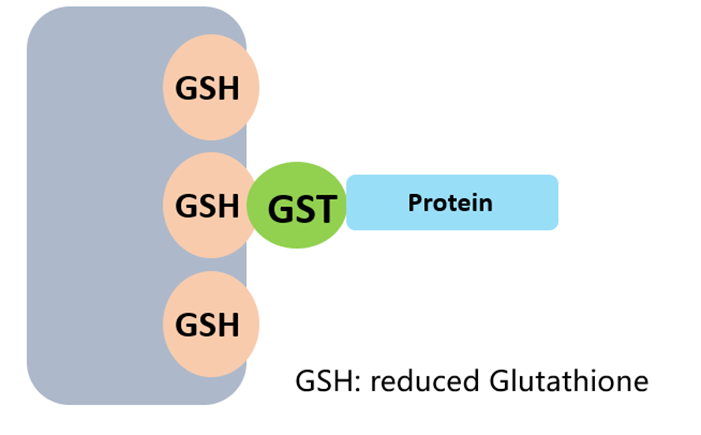
Fig 2. GST Tag Purification Principle
Flag Tag (DYKDDDDK)
The Flag tag is a short, hydrophilic peptide (common sequence: DYKDDDDK) with a small molecular weight and excellent antibody recognition, making it ideal for detection experiments such as Western Blot, immunoprecipitation (IP), and immunofluorescence (IF).
The Flag tag offers high specificity and low background, particularly in mammalian cell expression systems. However, it is not suitable for affinity purification on its own, as it requires costly anti-Flag affinity columns. The Flag tag is best used as a detection tag or in combination with tags like His.
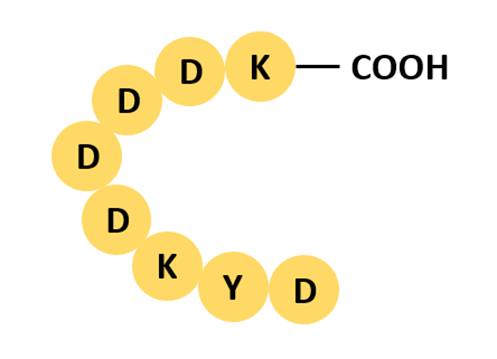
Fig 3. Flag Tag Structure
MBP Tag (Maltose-Binding Protein Tag)
The MBP tag, with a molecular weight of ~42 kDa, is highly effective at improving the solubility of recombinant proteins. It is particularly useful for proteins prone to forming inclusion bodies in prokaryotic expression systems, significantly increasing soluble expression yields, making it valuable in specific scenarios.
However, due to its large size, MBP may interfere with the target protein’s function or structure. In functional or structural studies, enzymatic cleavage to remove the tag may be necessary. MBP purification relies on amylose affinity columns, which can be costly and complex, so careful consideration is needed based on experimental goals.

Fig 4. MBP Tag Purification Principle
HA Tag (Hemagglutinin Tag)
Derived from the influenza virus hemagglutinin protein, the HA tag consists of nine amino acids (YPYDVPDYA) and binds well to specific anti-HA antibodies, making it suitable for protein detection and localization. The HA tag is widely used in Western Blot, immunoprecipitation, immunofluorescence, and intracellular protein expression detection, often paired with other tags in dual-tag systems.
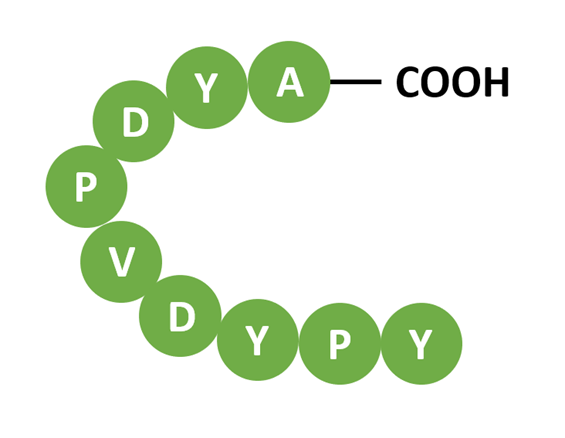
Fig 5. HA Tag Structure
Strep-tag II
The Strep-tag II is a small tag composed of eight amino acids (WSHPQFEK), designed for highly specific binding to Strep-Tactin resin, enabling gentle affinity purification. Its advantages include mild elution conditions and preservation of protein activity, making it ideal for experiments requiring high protein structural and functional integrity. The downside is its slightly higher cost and reliance on specialized resin. To further enhance binding strength, the Twin-Strep-tag, consisting of two Strep-tag II units linked by a flexible peptide, offers over tenfold higher affinity with Strep-Tactin, enabling more efficient and specific purification, especially for low-abundance proteins or complex samples.
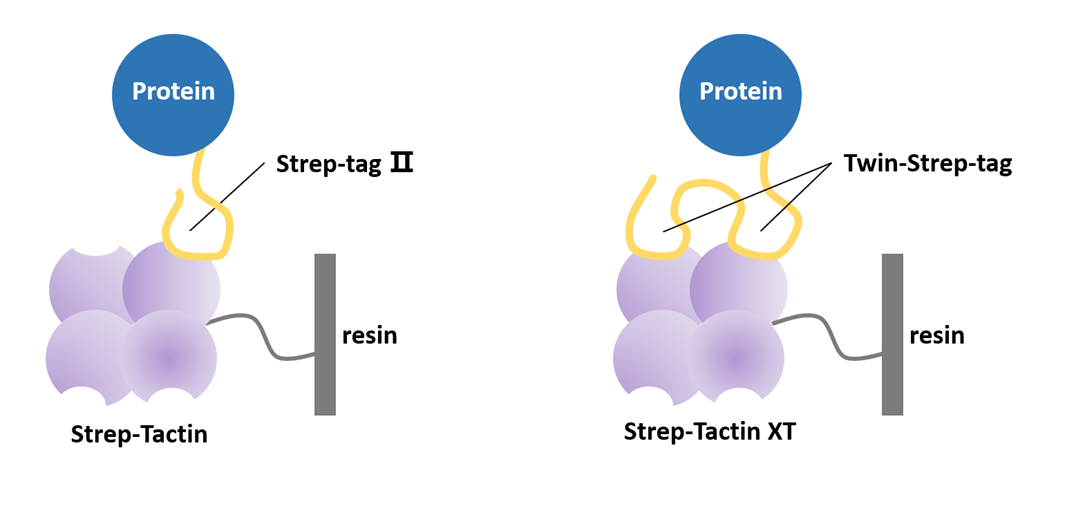
Fig 6. Strep Tag Purification Principle
SUMO Tag (Small Ubiquitin-like Modifier Tag)
The SUMO tag is a small eukaryotic protein (~12 kDa) that significantly enhances the solubility and stability of fusion proteins and is naturally cleavable. Using SUMO-specific proteases, the tag can be precisely removed post-expression to restore the native N-terminus of the target protein, making it widely used in functional and structural biology studies of sensitive proteins.

Fig 7. SUMO Tag Structure
So, how do you choose the right tag?
Here’s a quick overview of tag characteristics:
If you have questions about tag selection, expression strategies, or purification processes, feel free to reach out. Atagenix offers multi-system protein expression and purification services, customizing tags like His, GST, Flag, MBP, Strep, and SUMO, and supporting eukaryotic, prokaryotic, and insect expression platforms to make your research more efficient and precise!
Learn More About Technical Services and Collaboration
Contact us at: info@atagenix.com or call 027-87001869 for tailored service solutions.
Contact Us
+86-27-87001869
info@atagenix.com
Building C, R & D Building, No. 666, Shendun 4th Road, Donghu New Technology Development Zone, Wuhan

